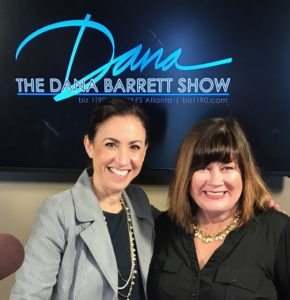
Social Security Isn’t Just for Retirement
When you think of Social Security, you probably think about retirement. It’s true that the program provides critical income for millions of retired Americans, but Social Security also does much more.
Designed as a safety net to provide older people who could no longer work with a basic income, Social Security has grown into a much broader safety net over the years, offering financial benefits to protect not only retirees, but also disabled workers and the families that have lost a family member.
Just a few years after the program began, it was expanded to provide benefits for the spouse and any minor children of a deceased worker. Starting in 1939, survivors could receive financial support from Social Security if the family’s breadwinner died. This makes it function as the largest life insurance program in the country, although it’s not generally considered to be one.
Would you think of the payroll deductions you contribute to Social Security as disability insurance premiums? Probably not, but in 1954, Social Security also began making payments to disabled workers and their dependent spouses and/or children. Trying to purchase the same kind of disability protection that Social Security offers can be prohibitively expensive, or even impossible for some workers. With Social Security, everyone who has worked enough to buy into the program is covered. Typically, you need to show that you have earned over the minimum amount to vest currently $5,200 per year five out of the last ten years.
Retirement benefits are an important and well-known part of Social Security, but don’t mistakenly believe that’s the only thing it does. Social Security protects working Americans and those who depend on them in many different and equally valuable ways.
There are over 2,700 regulations that oversee Social Security which affect life, disability and retirement benefits. Please check out our website www.socialsecuritybp.com to learn more or to sign up for a customized plan.
Not associated with or endorsed by the Social Security Administration or any other government agency.






